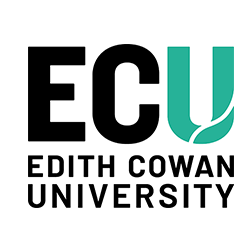Abstract
This study aimed to compare the perceptions of boys and girls regarding their gender-specific talent development environments (TDEs) in state-level youth soccer. Seventy-one players (girls, n = 35; boys, n = 36) aged 11–18 years completed the Talent Development Environment Questionnaire (TDEQ-5), Sports Motivation Scale (SMS-6), Coach-Athlete Relationship Questionnaire (CART-Q), and Self-Efficacy and Outcome Expectancies (SEOE) of strength training questionnaire. Mann–Whitney U tests and Hedges’s g effect sizes were used to identify group differences. Boys scored higher for TDEQ-5 subdimensions: long-term development focus, alignment of expectations, and holistic quality preparation. For the CART-Q, boys perceived greater coach commitment, whilst girls perceived greater coach complementarity. The SMS-6 results suggested higher amotivation among girls and higher external regulation and introjected regulation among boys. Finally, boys reported greater self-efficacy and outcome expectancies related to strength training. Overall, the findings reveal significant disparities in boys’ and girls’ perceptions of their TDEs. Whilst these findings provide a more nuanced understanding of youth soccer TDEs, further research is necessary to identify the critical factors for effective athlete development regardless of gender, or with more informed considerations of gender. Stakeholders should consider the unique constraints and resources specific to their TDE to determine which strategies may best impact their functionality.
Document Type
Journal Article
Date of Publication
1-1-2024
Volume
19
Issue
5
Publication Title
International Journal of Sports Science & Coaching
Publisher
SAGE
School
School of Medical and Health Sciences
RAS ID
69917
Funders
Australian Government Research Training Program Scholarship
Creative Commons License

This work is licensed under a Creative Commons Attribution 4.0 License.
First Page
1995
Last Page
2005


Comments
Lyons, M. L., Conlon, J. A., Nimphius, S., Keller, B. S., & Joyce, C. (2024). An athlete's perspective: Comparing talent development environments for boys and girls in Western Australia youth soccer. International Journal of Sports Science & Coaching, 19(5), 1995-2005. https://doi.org/10.1177/17479541241231363